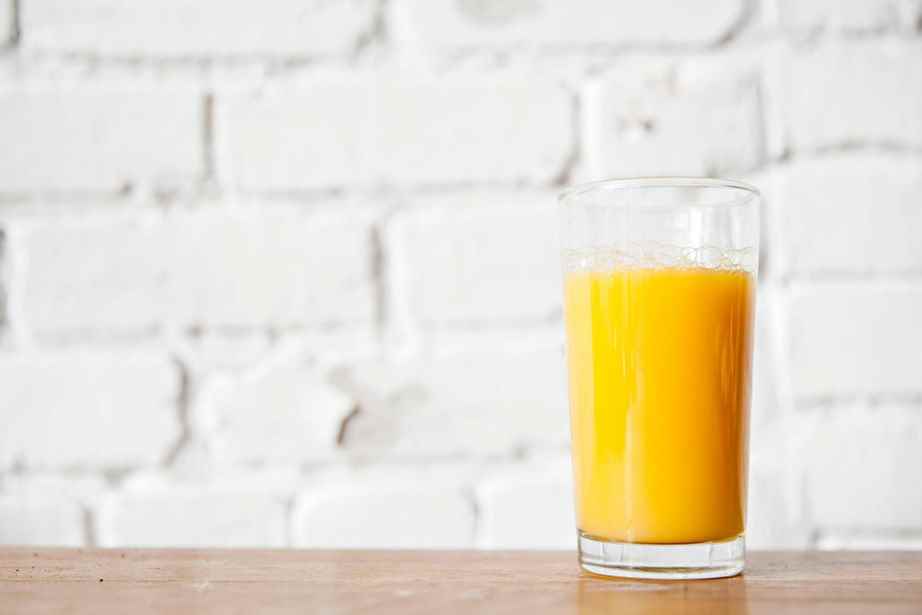(New York) The prices of American orange juice reached their highest level on Thursday, boosted by anemic harvest prospects, amputated by the so-called yellow dragon disease and several devastating climatic episodes.
The futures contract on frozen and concentrated orange juice for delivery in March, the current market benchmark on the Chicago Stock Exchange, rose to 2.4385 dollars per pound (about 450 grams), a first. In one week, prices jumped more than 17%.
In mid-January, the US Department of Agriculture said it forecast a 2022-2023 Florida harvest down 56% from the previous year, the lowest since World War II.
Taking the 2020-2021 season as a comparison, volumes are even expected to fall by two-thirds (66%).
First culprit, the so-called yellow dragon disease, also called Huanglongbing disease (HLB), which can disrupt the ripening of citrus fruits and cause premature fruit drop.
It is carried by the psylla, a tiny insect that carries a bacterium that feeds on the sap, disrupts the growth of fruits and goes so far as to cause the death of the tree.
There is still no cure for this disease, first spotted in Florida in 2005 and which has since infected most orchards in the state.
California is much less affected than Florida by the yellow dragon. While it was quite far behind its rival through 2020, it is expected to produce, according to USDA estimates, around 47 million cases in 2022/23, 68% more than the “Sunshine State” (nickname of Florida).
But Californian oranges are, for the most part, not processed, and their production therefore has little effect on the orange juice market.
To the disease was added the passage, in Florida, of the hurricane Ianat the end of September, which notably crossed Polk County, the state’s leading production region.
In early November, hurricane Nicole also swept through central Florida, the heart of orange growing, again causing thousands of fruit to drop prematurely.
“The supply is contracting,” says Judy Ganes, of J Ganes Consulting, especially since the yellow dragon disease also affects Brazil, the world’s largest producer of oranges. “And as it stands, there’s no hope of that changing. »
In Florida, producers are under pressure and many no longer hesitate to sell, attracted by the rise in land prices under the effect of frenetic real estate development, explains the analyst.
Prices are soaring for lack of sufficient supply, “but this may not last, because demand has collapsed”, describes Judy Ganes.
Since the beginning of the 2000s, the consumption of orange juice has been reduced by more than half, due to an awareness of its sugar content, but also to the expansion of the supply of sugary drinks. .
According to Judy Ganes, current prices could further accelerate the trend and drive Americans away from orange juice.
